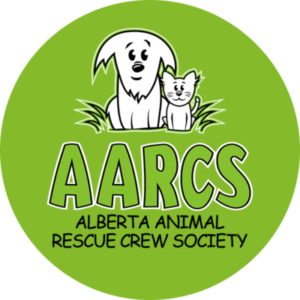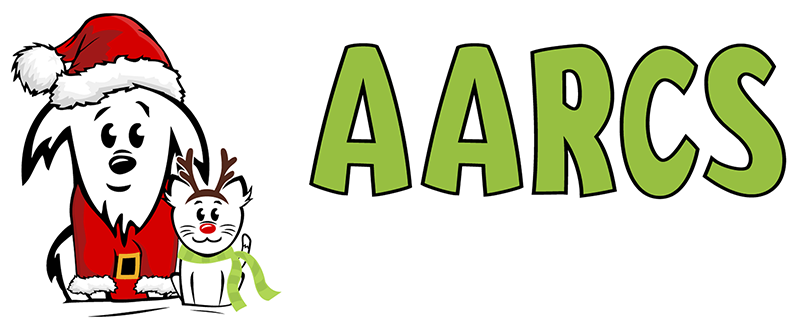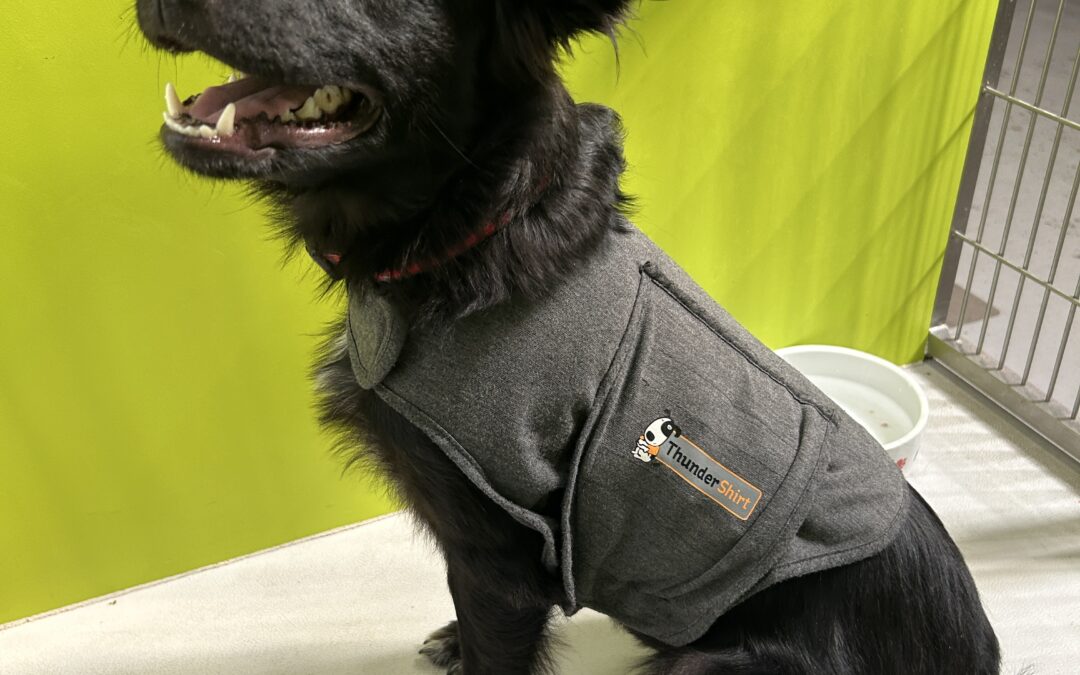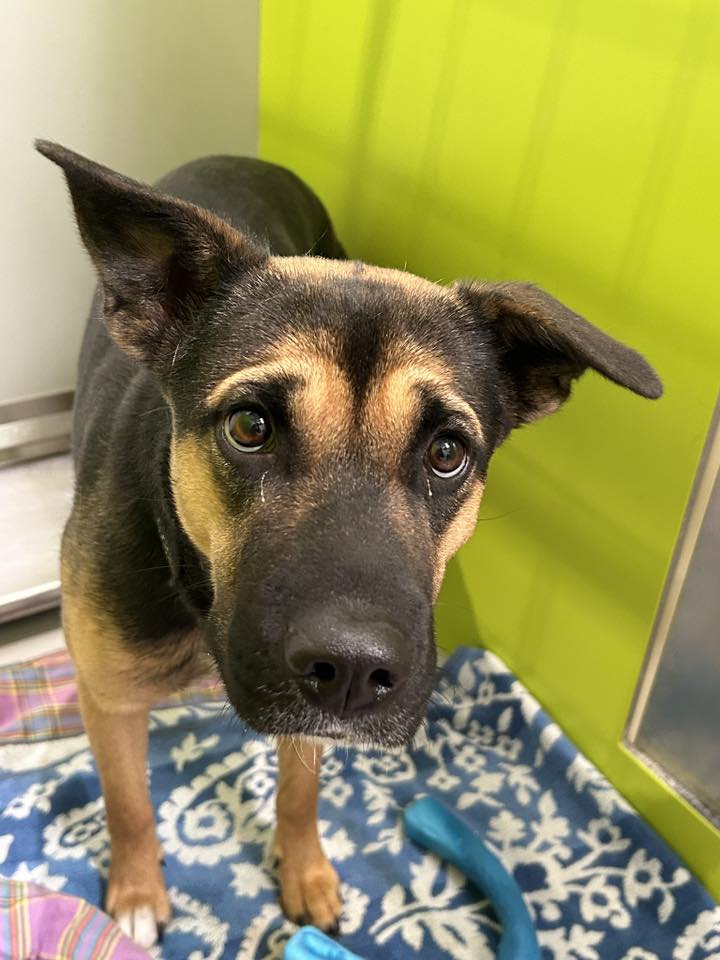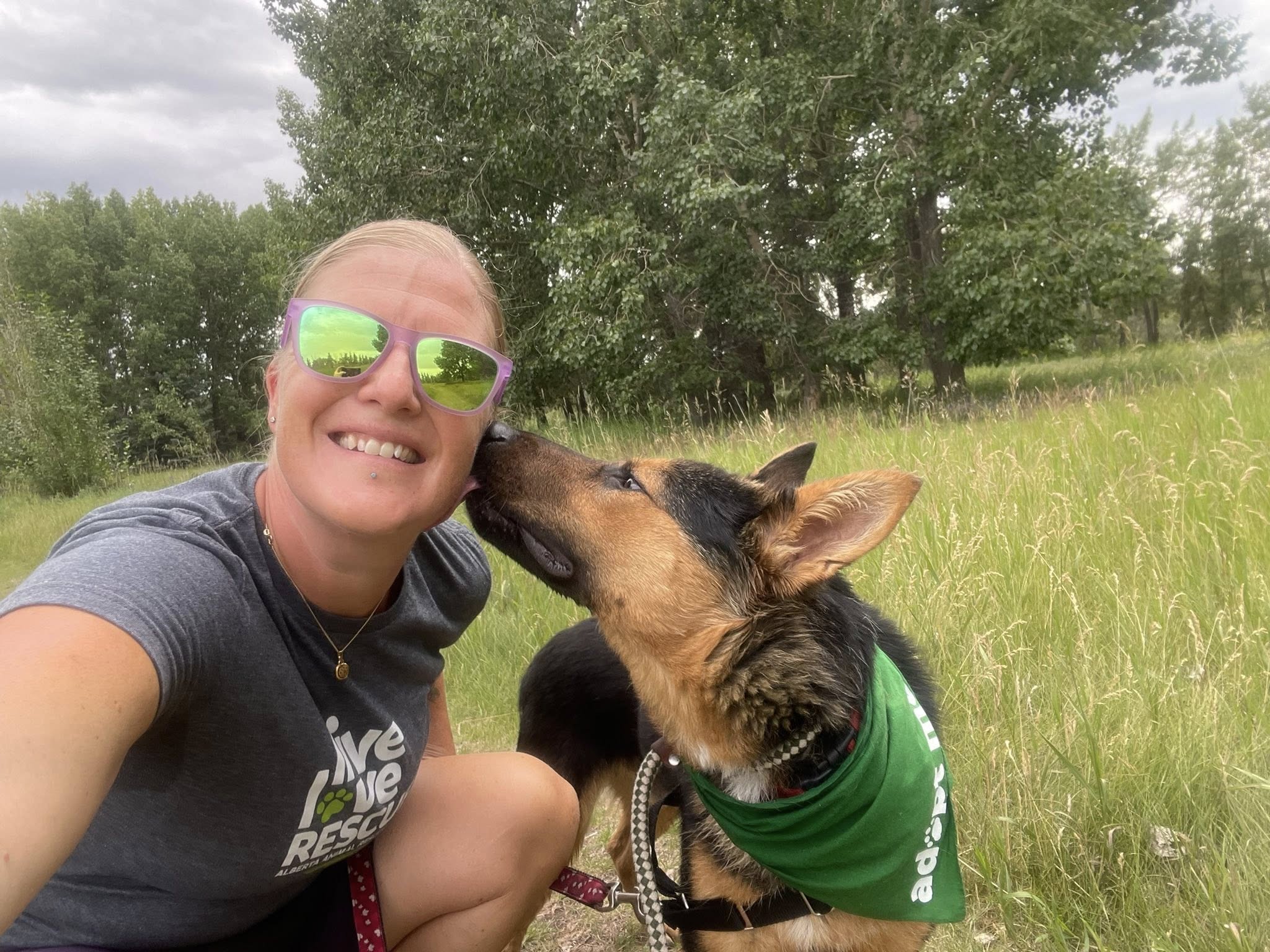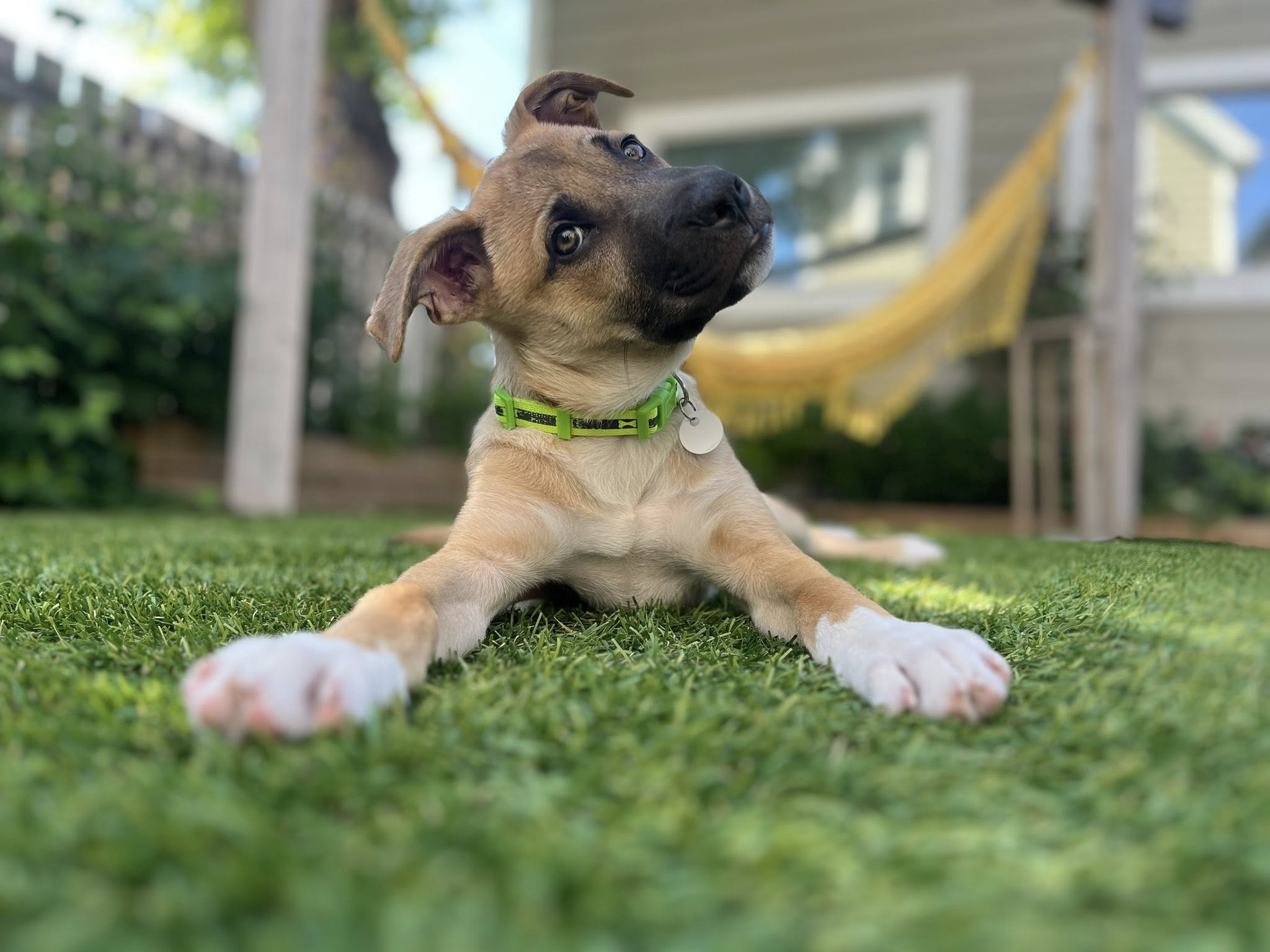Is Your Dog Scared of Loud Noises?
Thunder, fireworks, garbage trucks, vacuum cleaners, coffee grinders… when your dog is scared of loud noises, the world can be full of triggers. Pet parents often struggle with how to help their canine friends deal with these stressful sounds. Let’s explore some options!
Desensitization and Counterconditioning
This is where we expose the dog to the sound they fear at a low intensity and pair the sound with something positive – like a yummy treat!
For example, find a video of someone vacuuming. Play the video at a low enough volume that your dog can still hear it without showing signs of stress. While they listen to the sound, feed your dog high value treats such as pieces of cheese or hot dogs.
Gradually increase the volume of the scary sound, always associating it with yummy treats. Over time, your dog will start to associate the previously scary noise with food, which will help to make it feel less scary.
Alternatively, turn the vacuum on and have your dog at the opposite end of the house. As your dog learns that the vacuum cleaner means delicious treats, move gradually closer and repeat the exercise.
This kind of counterconditioning takes time, repetition and consistency – build it into your routine so that your dog can build their confidence over time.
Other Ways to Help Manage Fears
Some noises are hard to recreate realistically enough, or come with other sensations that we can’t recreate. Thunder is a perfect example: not only is it extremely loud, but it also comes with atmospheric changes that we have no way of reproducing. We can still use the technique of playing the sound and rewarding, but often that won’t be enough; or, perhaps you’ll be stuck in a storm before you’ve been able to successfully counter-condition your dog. The below suggestions can help you manage fearful responses in the moment.
Thundershirts are snug-fitting vests that work much like swaddling an infant. The pressure can stimulate the release of calming hormones, which work to reduce anxiety and fear. These can help some dogs cope with their noise phobias. Beware though: leaving a Thundershirt on a dog for long periods will make it ineffective over time.
Adaptil is a synthetic copy of the pheromone that mother dogs release at birth to calm and reassure their puppies. It can be found in various forms, such as sprays, diffusers and collars. Adaptil can help induce a feeling of relaxation in dogs. You can also use calming scents, such as lavender and chamomile, in a diffuser.
While we can’t necessarily increase distance from things like thunder or fireworks, we can provide extra insulation! Create a cozy place for your dog in a room with no windows or outside walls, like an inner bathroom or large closet. Basements are ideal for this as well!
Remember that it’s ok to comfort your fearful dog! Fear is an emotional response and emotions can’t be reinforced. You will not be making your dog’s fear worse by comforting them.
When Desensitization and Comfort Aren’t Enough
If your dog is still absolutely inconsolable, consider talking to your veterinarian about sedatives or anti-anxiety medications. While these alone will likely not resolve your dog’s fears, they can help bring your dog’s emotional response down to a manageable level. This can be hugely helpful when working on desensitization training. Remember, medication alleviates symptoms but does not build confidence – it’s important to treat the root cause of the fear to help your dog in the long run.
